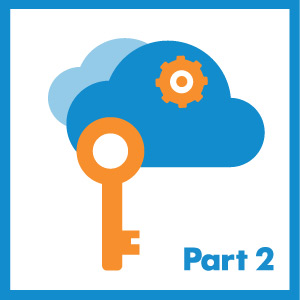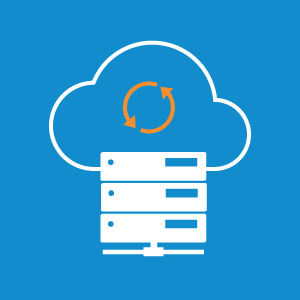Infographic: Seven Deadly Sins of Financial Management
As your business grows, you begin to notice that the challenges of today take a little bit longer to address than they used to. With more growth comes more data, and with more data comes more time needed to complete basic tasks like closing the books each month. Unfortunately, in the wake of growth, too many businesses commit one or more of the following sins that limit visibility and cause business pain.
Related: What to Do When You Realize You’re Outgrowing QuickBooks
Seven Deadly Sins of Financial Management
A recently released infographic took a look at common business practices that hinder growth, especially when you’re outgrowing entry-level accounting software like QuickBooks, noting the following seven sins that finance leaders commit, many of which can slow your business to a grinding halt:
- Scattered Business Data: How much harder is it to close the books each month than it was last month or last year? As you grow, you have more financial data being generated each month, and managing this data in spreadsheets or on paper is not a good solution.
- Departmental Silos: Did you get that email? How about that invoice—that was sent three weeks ago? Communication between departments can make for a huge drag on company productivity, and for many organizations the best way to connect a multitude of departments is to set up an enterprise social network that cuts down on email strings and puts data in front of the necessary users when and where they need it.
- Spreadsheet Gluttony: Did you know that 88% of Spreadsheets have errors? With 89% of companies using spreadsheets for planning budgeting and accounting, a pretty hefty amount of organizations could have a fatal mistake somewhere in their books. Learnmore in our recent article, “Don’t Rely on Spreadsheets and Luck—There’s a Better Way.”
- Slothful Tracking: Another deadly sin is one that affects more than just finance. When an organization uses laborious manual processes for expense management, they are only managing and measuring, not optimizing. By moving expense management to the cloud, you could see cost savings of over 20% or more.
- Stale Financial Data: With so many manual processes in place, data not only takes forever to gather, it is inaccurate and has a short shelf life. Companies looking to overcome this should take a proactive stance, seeking a forward-looking system that can calculate information when you need it, where you need it, and based on the drivers you want.
- Lack of Compliance: With new ASC Revenue Recognition standards on the horizon, as well as increasing scrutiny into the numbers from customers and investors, compliance is a necessity moving forward—and spreadsheets can’t cut it.
- Antiquated Technology: Many of the solutions available to growing businesses were designed before the dawn of the internet, not for the modern needs of the modern business. Without forward-thinking technology, your organization is stuck in the past and unable to focus on technology.
See the Entire Infographic
The following infographic shares more about how you can gain absolution for these sins, so that you don’t end up in accounting hell (or worse—jail).
Related: Three Reasons Your Accounting Team Wants Intacct

Gain Absolution with Modern Accounting
If you want to fight off expense tracking sloth, spreadsheet gluttony, and more, you need to swallow your pride and understand that it’s not you, it could be your processes or systems. Learn more about taking control of your organizations financial future by downloading the whitepaper, Eliminating the Risks of Spreadsheets in Finance, as well as by perusing the 2017 Buyer’s Guide to Accounting Software.
Ready to learn more? rinehimerbaker has released a new whitepaper for companies outgrowing QuickBooks.
Outgrowing QuickBooks—How to Know It’s Time to Change shares some of the biggest challenges that businesses face when growing, and the opportunities they have to ease growth.
Learn more by reading the first 3 pages of the whitepaper below:





